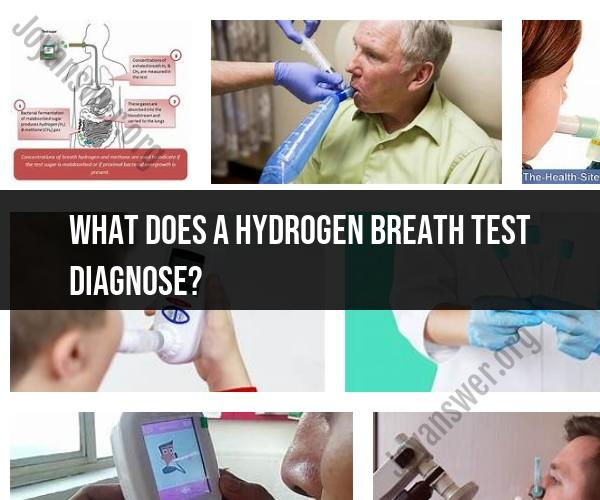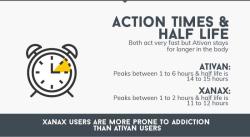What does a hydrogen breath test diagnose?
A hydrogen breath test is a diagnostic test used to identify various gastrointestinal conditions, primarily involving malabsorption of certain carbohydrates. The test measures the amount of hydrogen gas in a person's breath after they consume a specific carbohydrate solution. Here are the primary conditions that a hydrogen breath test can diagnose:
Lactose Intolerance: This is one of the most common uses of hydrogen breath testing. Lactose intolerance occurs when the body lacks sufficient lactase, an enzyme needed to digest lactose, a sugar found in dairy products. After consuming a lactose solution, individuals with lactose intolerance will often produce high levels of hydrogen gas in their breath as the undigested lactose is fermented by bacteria in the colon.
Fructose Malabsorption: Some people have difficulty absorbing fructose, a sugar found in fruits, honey, and certain sweeteners. Excessive fructose consumption can lead to gastrointestinal symptoms like bloating, gas, and diarrhea. A hydrogen breath test can help diagnose this condition.
Small Intestinal Bacterial Overgrowth (SIBO): SIBO occurs when there is an abnormal overgrowth of bacteria in the small intestine. These bacteria can ferment carbohydrates, leading to excessive production of hydrogen and other gases. A hydrogen breath test can be used to detect SIBO.
Sucrose Intolerance: Similar to lactose intolerance, sucrose intolerance involves an inability to properly digest sucrose, a sugar found in table sugar and many fruits. A hydrogen breath test can help diagnose this condition.
Celiac Disease Monitoring: In some cases, a hydrogen breath test may be used as part of the monitoring process for individuals with celiac disease to assess their response to a gluten-free diet.
The hydrogen breath test works by having the individual drink a solution containing the specific carbohydrate being tested (e.g., lactose, fructose). If the person has a condition that leads to malabsorption of that carbohydrate, bacteria in the colon will ferment it, producing hydrogen gas. The hydrogen is then absorbed into the bloodstream and eventually exhaled through the breath. A device measures the levels of hydrogen in the person's breath at specific intervals after consuming the solution.
It's important to note that the interpretation of hydrogen breath test results should be done by a healthcare professional, as other factors can influence breath hydrogen levels. Additionally, while hydrogen breath testing can be a valuable tool in diagnosing these gastrointestinal conditions, it is often used in conjunction with other clinical assessments and medical history to arrive at a definitive diagnosis.













